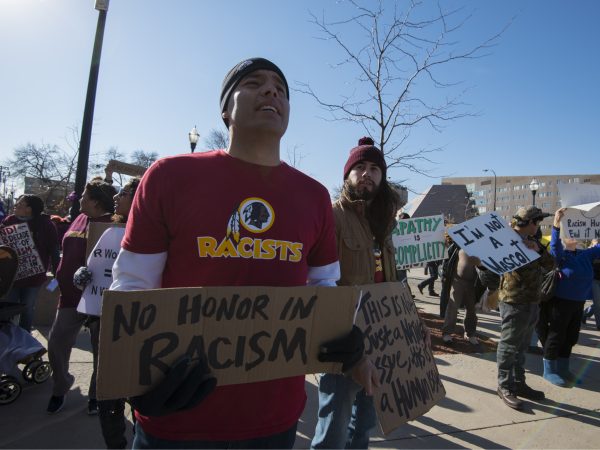
This article is reposted with edits from an original post made 3/11/2020
Erika Sanborne is a TSP Graduate Board member who has received various awards for teaching and often serves as a teaching & technology consultant for faculty and graduate instructors. Her research interests include the life course, race, and religion. Her favorite course to teach is statistics.
Many of us are a week or two into teaching a suddenly-online course that we had designed to teach in person. Having taught about 50 undergraduate class sections in person, and about 50 undergraduate class sections online, I am duly familiar with both options. To be clear, when I have taught the same subject online and on campus even during the same semester, they are very different courses. Yet here we are with this current situation, so let’s deal with it as best we can. In this write-up, I’m inviting you into “round 2” following all the big changes you have made in the past few weeks to get to this moment.



